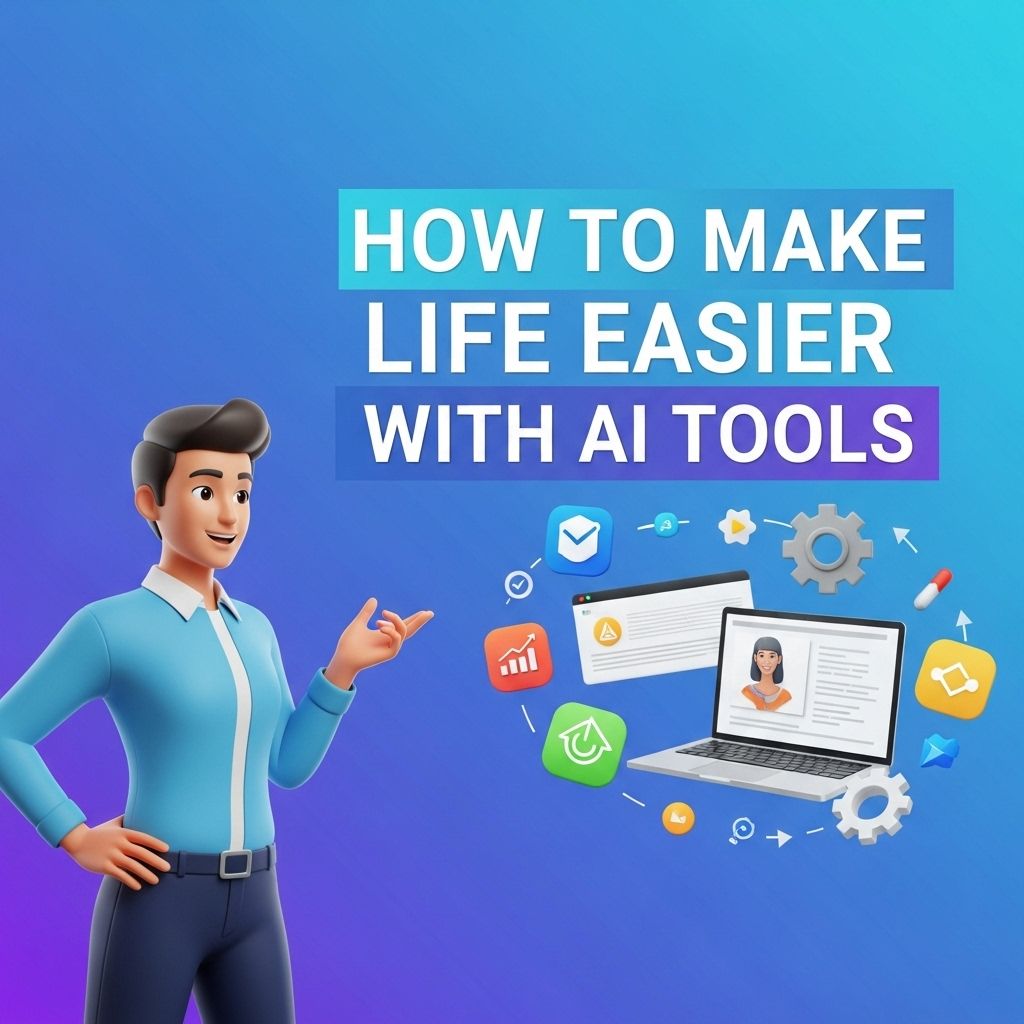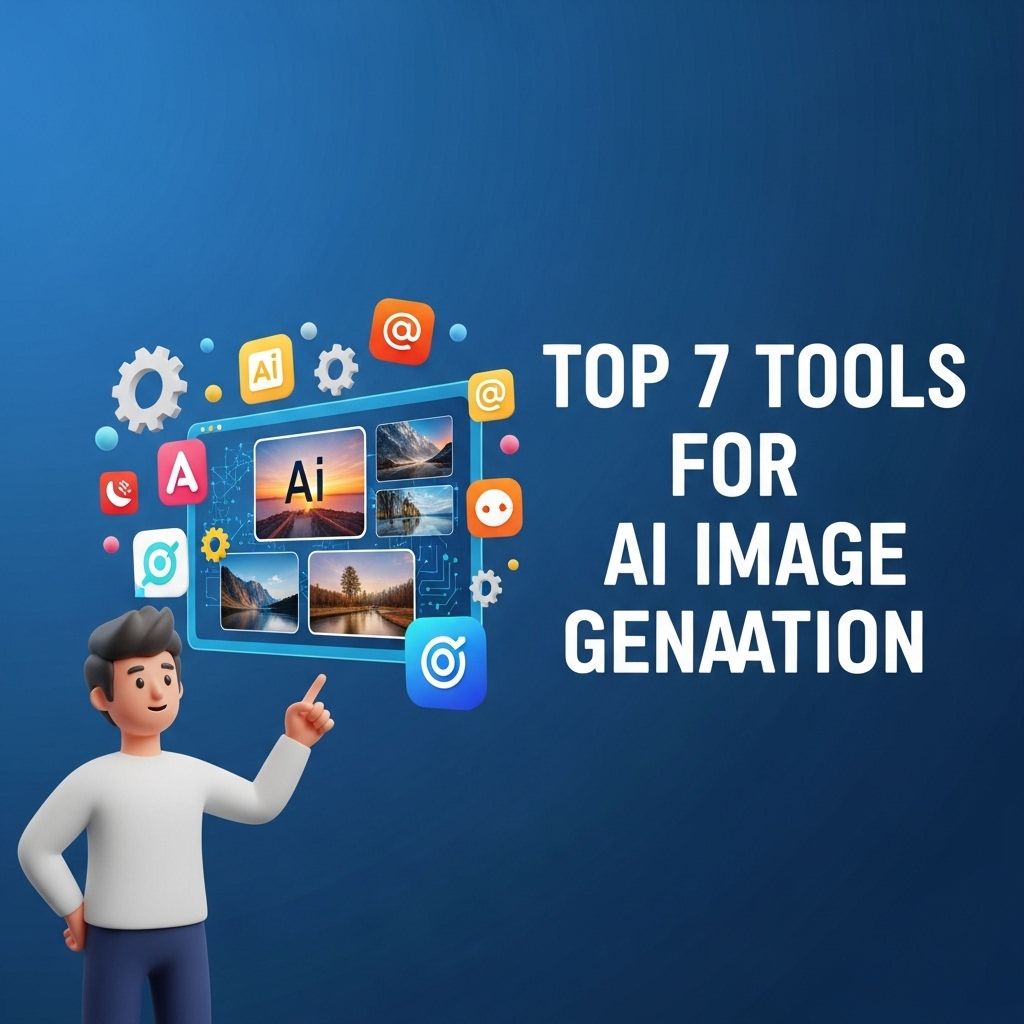In today’s fast-paced digital landscape, businesses and individuals are constantly seeking innovative solutions to stay ahead of the competition. One of the most transformative technologies to emerge in recent years is Creative AI. This technology not only enhances productivity but also opens new avenues for creativity and problem-solving. In this article, we will explore how to effectively harness Creative AI to achieve success across various domains.
Understanding Creative AI
Creative AI refers to artificial intelligence systems that augment human creativity. These systems can generate new ideas, assist in brainstorming sessions, and even create content independently. By analyzing vast amounts of data, Creative AI can identify patterns and trends that humans might overlook.
Key Features of Creative AI
- Content Generation: AI can generate articles, music, art, and code, allowing creators to produce more in less time.
- Idea Generation: AI tools can provide inspiration and suggestions during the creative process, acting as a brainstorming partner.
- Data Analysis: By processing large datasets, AI can reveal insights that guide creative decisions.
- Personalization: Creative AI can tailor content to individual user preferences, enhancing engagement.
Applications of Creative AI
Creative AI is being utilized across various industries, transforming how projects are conceptualized and executed. Here are some prominent applications:
1. Marketing and Advertising
In the realm of marketing, AI tools can analyze consumer behavior, predict trends, and generate content tailored to specific audiences. This leads to:
- Increased engagement rates
- More effective ad targeting
- Faster campaign turnaround times
2. Entertainment
AI is changing the entertainment industry by creating music, writing scripts, and even generating visual art. For instance:
- Scriptwriting: AI can analyze successful screenplays and generate new scripts.
- Music Composition: Tools like AIVA create unique music compositions based on user input.
3. Product Design
In product design, Creative AI assists designers by generating prototypes and models based on user specifications. This enhances the design process through:
| Benefits | Description |
|---|---|
| Efficiency | Reduces time spent on initial designs. |
| Innovation | Encourages out-of-the-box thinking. |
| Iterative Development | Allows for rapid prototyping and feedback. |
Tools for Harnessing Creative AI
Various tools are available to harness the power of Creative AI effectively. Here are some notable ones:
1. OpenAI’s GPT-3
This cutting-edge language model can generate human-like text and assist in content creation, idea generation, and more.
2. DALL-E
This tool specializes in generating images from textual descriptions, making it an excellent resource for visual content creators.
3. Canva’s Magic Write
Canva incorporates AI to help users create visually appealing designs and presentations swiftly, enhancing creativity by simplifying design tasks.
Best Practices for Implementing Creative AI
To maximize the benefits of Creative AI, consider the following best practices:
1. Define Clear Objectives
Before implementing Creative AI, clearly define what you aim to achieve. This could be increasing productivity, enhancing creativity, or improving customer engagement.
2. Select the Right Tools
Choose tools that align with your creative goals. Not all AI solutions are created equal, and finding the right fit is crucial for success.
3. Collaborate with AI
View AI as a collaborator rather than a replacement. Use AI-generated ideas as a springboard for human creativity.
4. Continuously Monitor Performance
Regularly assess the effectiveness of AI tools and make adjustments based on performance metrics and user feedback.
Challenges and Considerations
While the advantages of Creative AI are compelling, potential challenges exist:
1. Ethical Considerations
As AI becomes more prevalent, ethical concerns regarding copyright, authorship, and the potential for biased outputs must be addressed.
2. Quality Control
AI-generated content may not always meet the desired quality. It is essential to review and edit AI outputs to ensure they align with brand standards.
3. Dependence on Technology
Over-reliance on AI can stifle human creativity. Striking a balance between human input and AI assistance is vital for maintaining originality.
Future Trends in Creative AI
As technology continues to evolve, we can expect several trends to shape the future of Creative AI:
1. Enhanced Automation
AI will automate more creative tasks, allowing professionals to focus on high-level strategy and innovation.
2. Integration with Augmented Reality (AR) and Virtual Reality (VR)
AI-powered creative tools will likely become integrated with AR and VR, leading to more immersive and engaging user experiences.
3. Collaborative Platforms
Collaboration between AI and human creatives will become more streamlined, fostering an environment where AI-generated content complements human creativity.
Conclusion
Harnessing Creative AI presents immense opportunities for success across various industries. By understanding its capabilities, implementing the right tools, and balancing human creativity with AI assistance, individuals and organizations can unlock new levels of innovation and productivity. As we stand on the brink of an AI-driven future, embracing this technology responsibly will be key to thriving in the digital age.
FAQ
What is Creative AI and how can it benefit my business?
Creative AI refers to artificial intelligence tools and applications that assist in creative processes, such as content creation, design, and marketing strategies. By harnessing Creative AI, businesses can enhance productivity, generate innovative ideas, and streamline workflows.
What are some practical applications of Creative AI?
Practical applications of Creative AI include generating marketing copy, creating unique designs, producing music and art, automating social media posts, and enhancing customer engagement through personalized content.
How can I integrate Creative AI into my existing workflows?
To integrate Creative AI, start by identifying repetitive tasks that can be automated, then select appropriate AI tools that align with your needs, and gradually implement them while training your team to leverage these technologies effectively.
What are the key advantages of using Creative AI for content creation?
The key advantages of using Creative AI for content creation include increased efficiency, the ability to generate diverse ideas quickly, improved personalization for target audiences, and the potential to reduce costs associated with human labor.
Are there any limitations or challenges when using Creative AI?
Yes, limitations of Creative AI include potential biases in generated content, the need for human oversight to ensure quality, and the risk of over-reliance on technology which may stifle human creativity.
How can I measure the success of Creative AI initiatives in my business?
Success can be measured through key performance indicators (KPIs) such as increased engagement rates, reduced time spent on tasks, improved conversion rates, and overall return on investment (ROI) from AI-driven projects.




